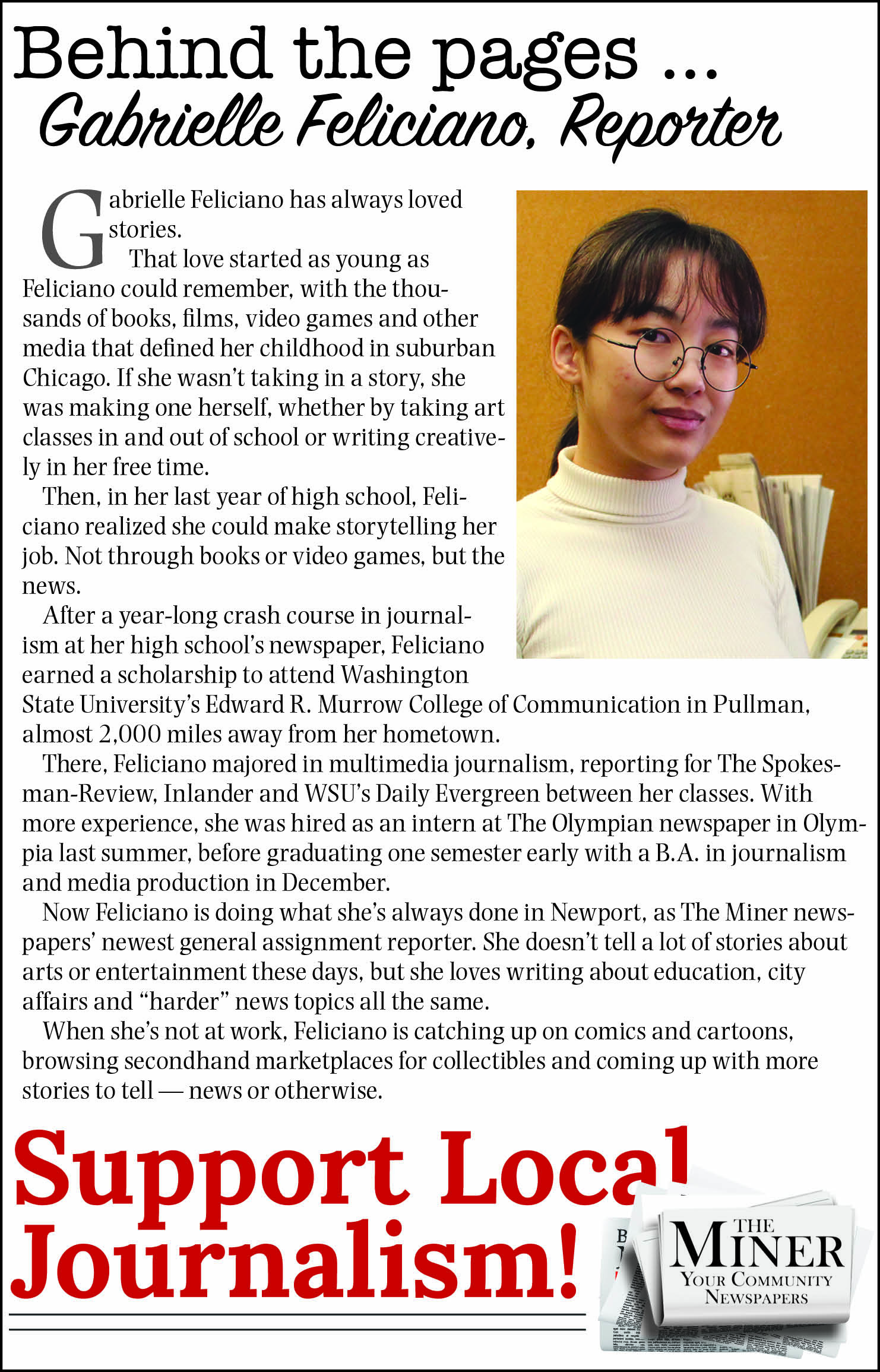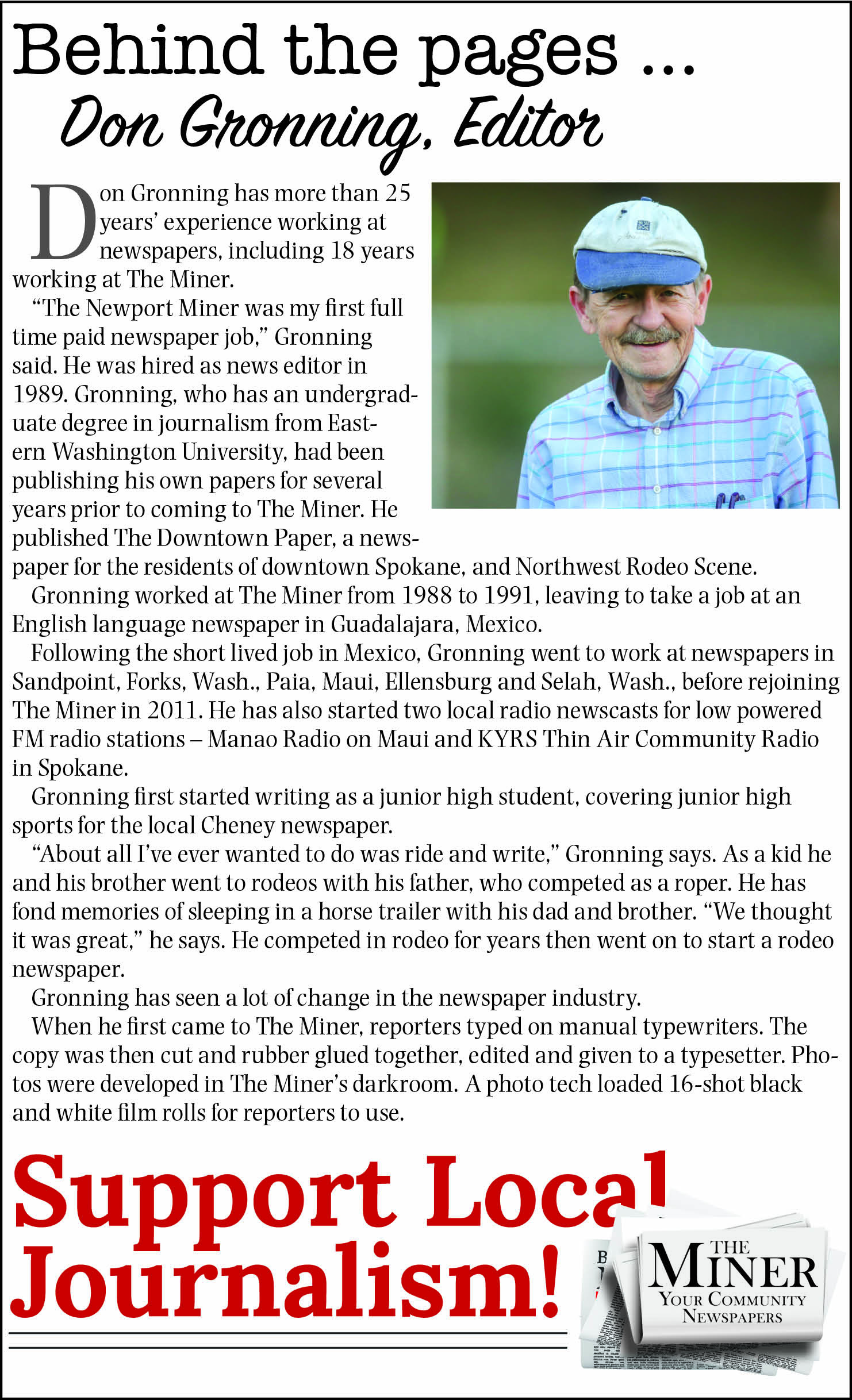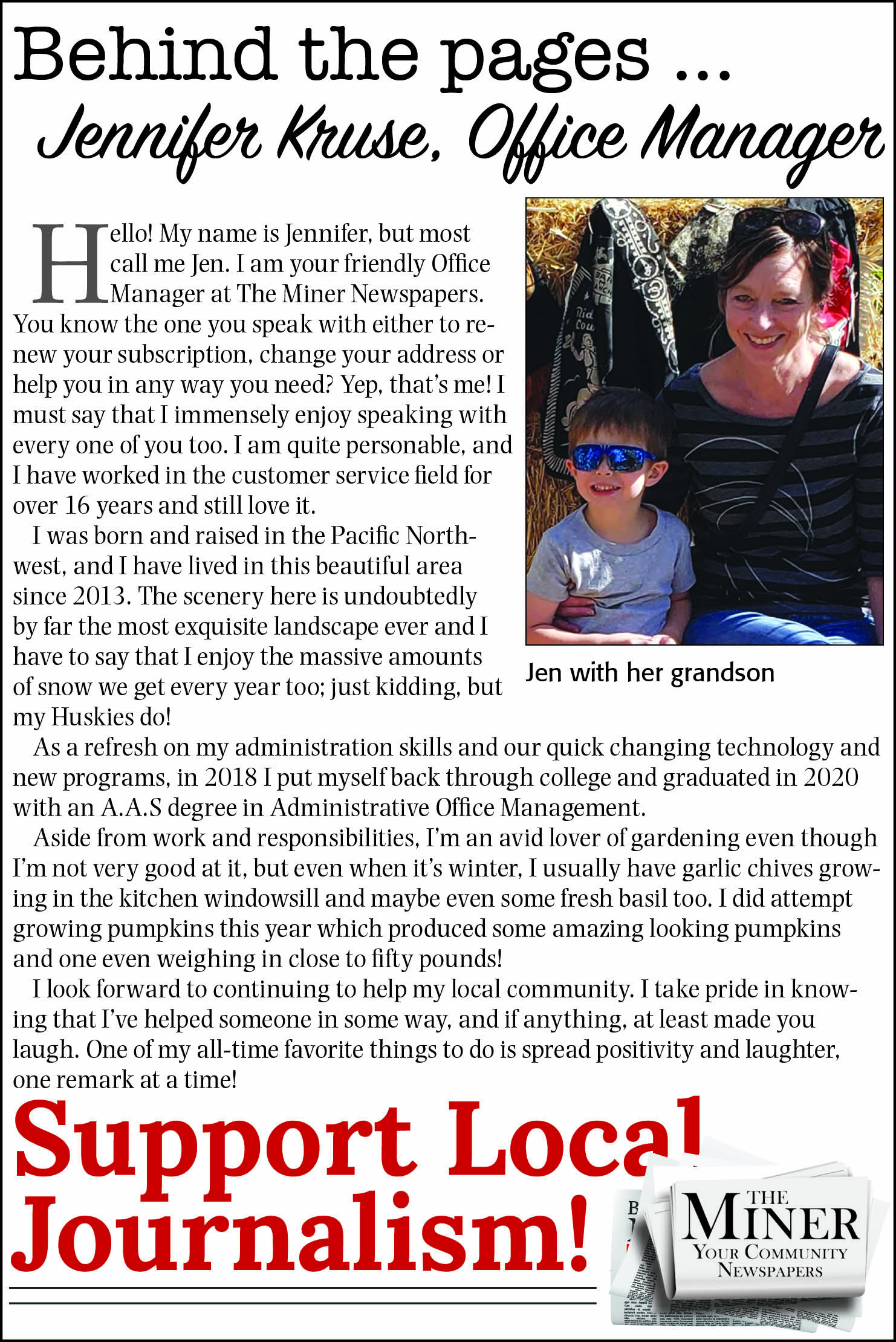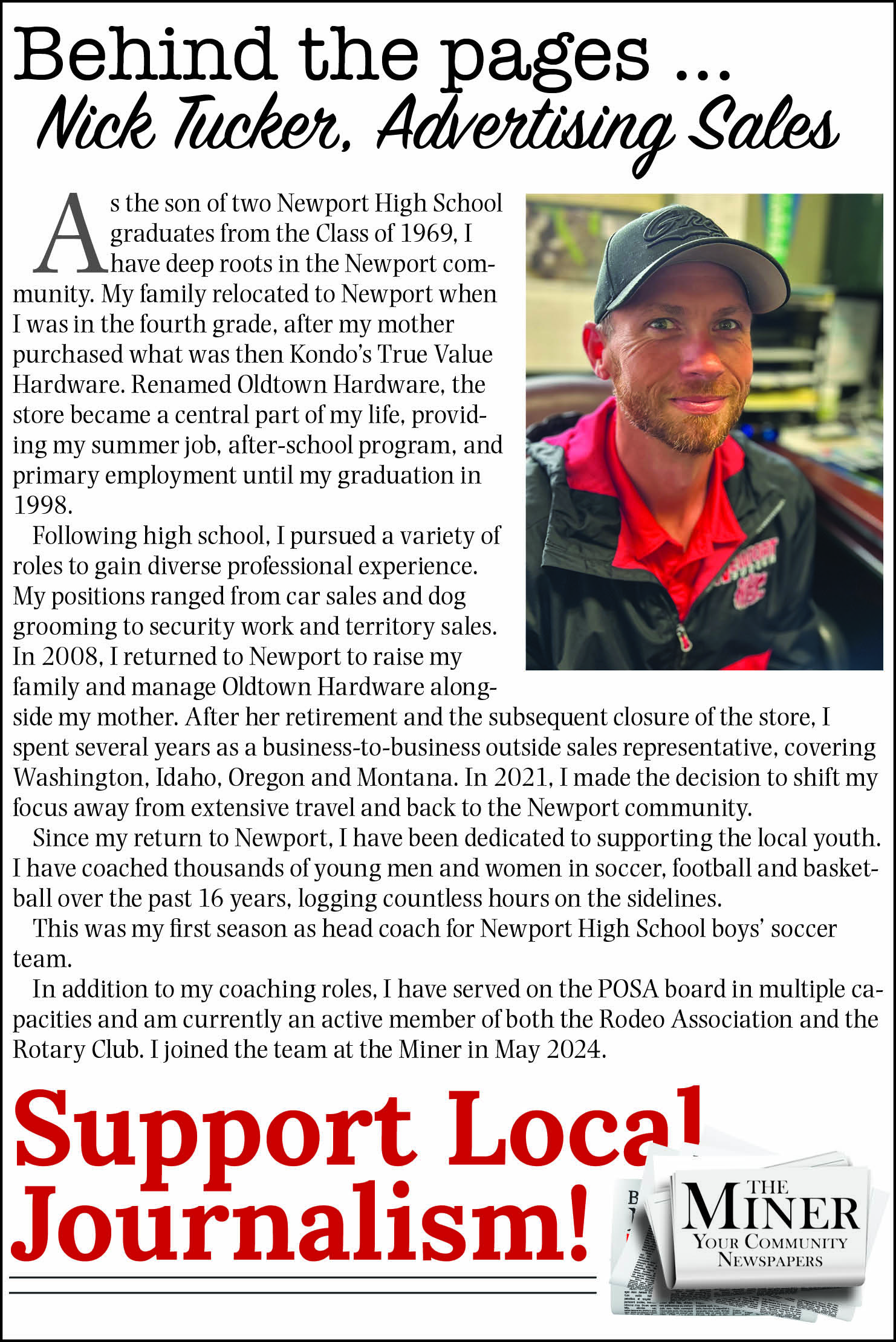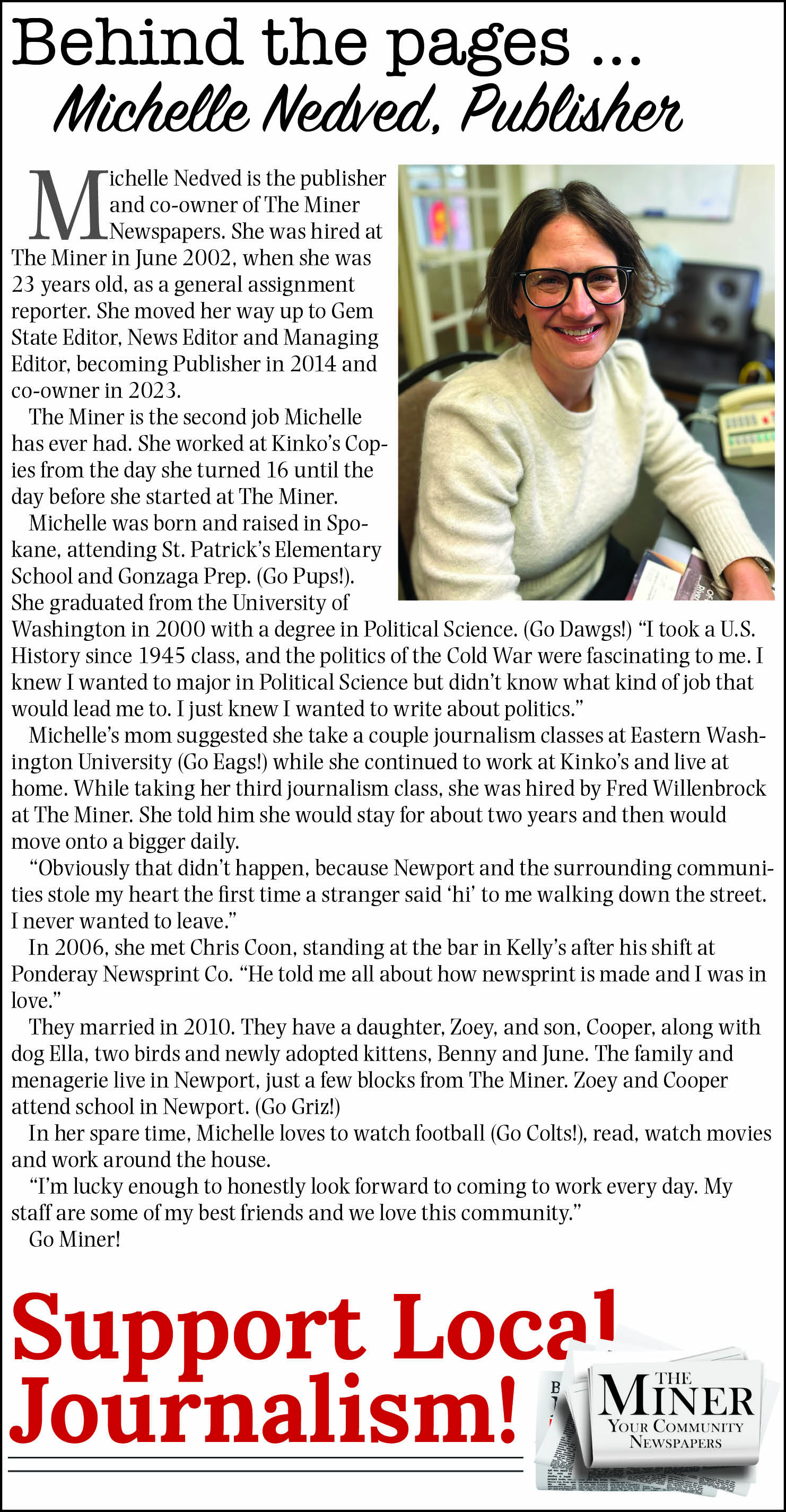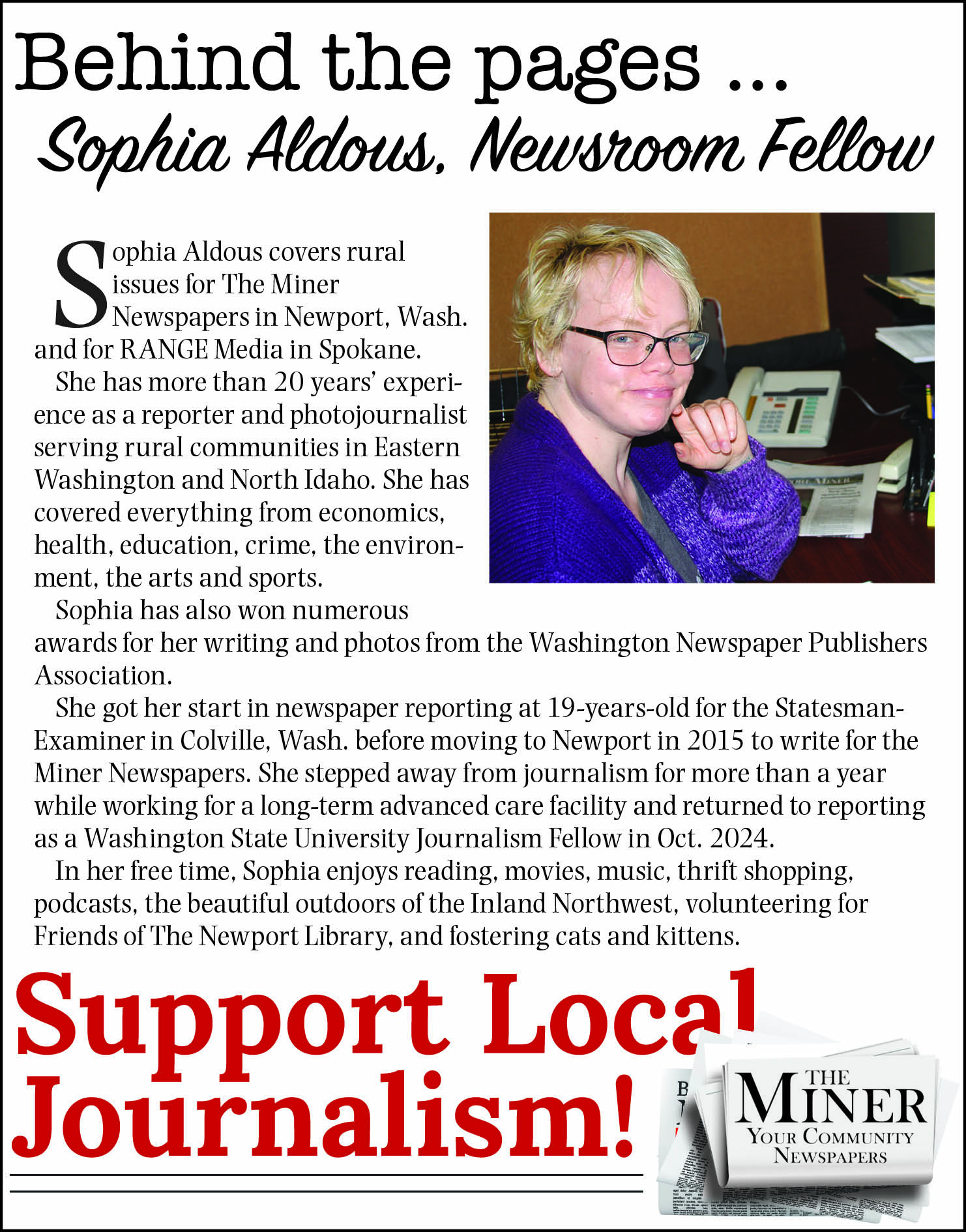GUEST OPINION
The mood of the nation is ugly and getting worse. Deadly violence from guns, knives, fire-bombings and vehicles is rising. Social media is toxic. Things have to change for all of our sake. The tone of the discourse is hateful. For those of us who started as journalists in the late 1960s, we are left wondering if public trust can be restored and civility is again possible. Over the last 40 years our family has vacationed at the same place on the beach. While the buildings have been refurbished, the complex is still largely unchanged. As long as we remember, the small Seaside (OR) arcade featuring bumper cars, has been popular for over 60 years.
Riding the bumper cars is more than entertainment, for us it is our annual ritual that is highly therapeutic. It is family building and a way to vent our frustrations and hit the restart button for another year. Most importantly, sideline photos are encouraged.
Our elected leaders ought to give them a try. In bumper cars quickly egos are deflated and have a way of turning bitterness into laughter.
There are no psychological studies, as far as we know, analyzing the benefits of “bumper car therapy.” However, from practical experience, we know driving bumper cars is a safe and an effective way to get rid of frustrations and anger.
Bumper cars became popular in 1920. The models in Seaside haven’t changed in years. Each vehicle is surrounded by a rubber bumper, and drivers ram each other as they travel. The technology is anything but high tech.
The drivers control an accelerator and a steering wheel as they scoot across a metal floor. The 1940s style metal cars are powered by small electric motors. The cars are multi-directional and can turn on a dime. They are even made to spin.
The operators check the brisk action and adjust the flow of electricity to unsnarl pileups and to prevent injuries from head-on collisions.
Bumper cars are contact entertainment and “everyone is out for him or herself.” It is sort of a controlled demolition derby where the only thing dented is one’s pride.
In bumper cars every driver is equal. You pay your money and the only difference in the cars is their color. It is impossible to text while driving. Drivers can’t avoid getting hit and once the bumping starts, it is highly contagious.
Bumper cars can humble even the most powerful people, but after the ride ends drivers walk away more relaxed and smiling. Bumper cars build family bonds. It works and has been a way for us to heal wounds.
“Dodgems” as the British call them, may make a comeback. They are a way for people of all ages to just have fun without expensive electronic gadgets.
The wonderful thing about the small amusement center in Seaside is its rides are affordable. Time and computerization have not eclipsed bumper cars.
There could be a new market which could return bumper cars’ popularity to the heydays 90 years ago. Think of their therapeutic benefits as a way for dueling politicians, pandering media types, feuding families and opposing groups to unlock horns.
Perhaps, they could cut the bitter political polarization just as the famous poker games between President Ronald Reagan and House Speaker Tip O’Neil did in the early 1980s.
Picture people from Washington, D.C., colliding in bumper cars at Seaside, Oregon for a moment. It would be international headline news. Invite the media and even give them a couple of rides.
A bumper car ride might offer brief harmony or build lasting relationships. Given what’s going on today, it’s worth a try. If that fails, find a dunk-tank are fill it with ice-water.
DON C. BRUNELL IS A BUSINESS ANALYST, WRITER AND COLUMNIST. HE LIVES IN VANCOUVER. HE CAN BE CONTACTED AT [email protected].
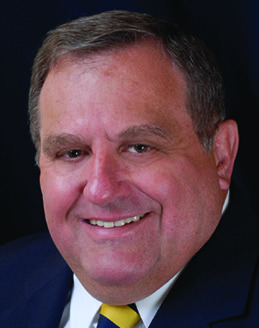
.png)






